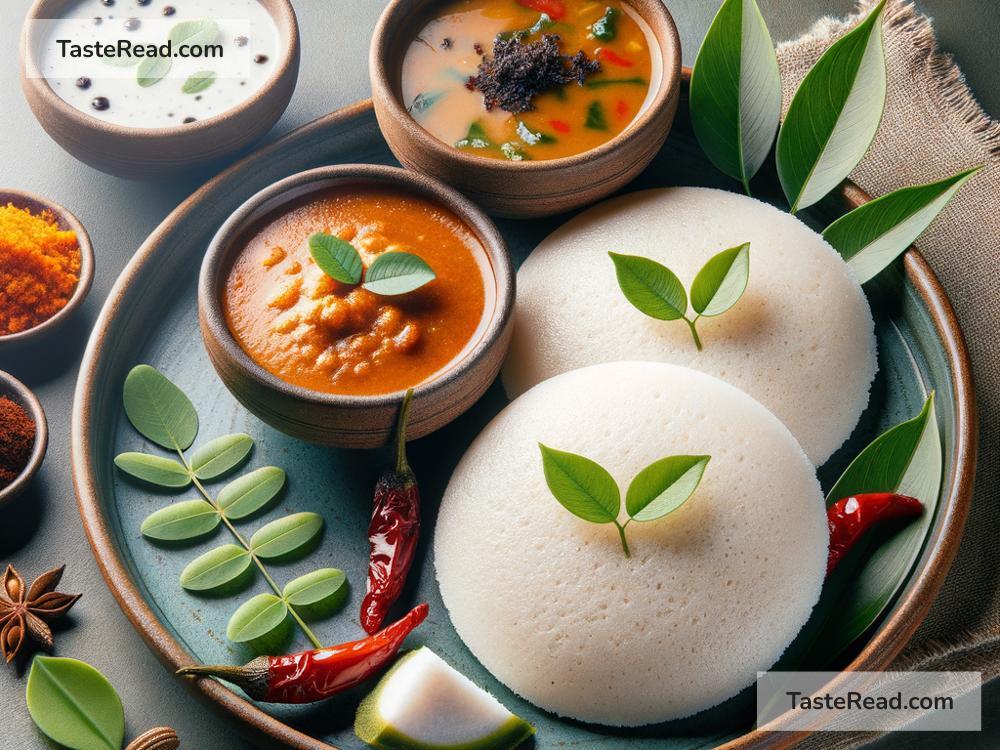My Culinary Journey into Fermenting Traditional Indian Idlis
I embarked on a culinary journey that was both a leap into the unknown and a return to my roots. This adventure was all about fermenting traditional Indian Idlis, a process that seemed daunting at first but turned out to be a delightful and enriching experience. Idlis are a type of steamed rice cake, popular in South India, and are known for their soft texture and health benefits. The magic behind these soft, fluffy clouds of joy is fermentation, a method that not only enhances the taste but also boosts the nutritional value of these cakes.
My interest in making traditional Idlis sparked during a family dinner, where my grandmother nostalgically recounted her days in India, making these for breakfast. This conversation planted a seed of curiosity in me. I wanted to not only taste these authentic Idlis but also master the art of fermenting them myself.
Fermentation, as I’ve learned, is an age-old food preservation technique that, in the case of Idlis, also enhances the batter’s digestibility and nutritional content. The process involves allowing bacteria and yeasts to convert carbohydrates into alcohol or acids, giving fermented foods their unique flavors and textures. With Idlis, the fermentation process breaks down the starches, making them more digestible and increasing the availability of various nutrients.
Step 1: Gathering Ingredients
My journey started with gathering the necessary ingredients – parboiled rice, whole urad dal (split black lentils without skin), fenugreek seeds, and salt. These are simple, wholesome ingredients that work together in harmony during the fermentation process.
Step 2: Preparing the Batter
I soaked the rice and urad dal separately overnight, as my grandmother instructed. The next morning, I ground them into a paste, with the urad dal becoming fluffy and the rice turning into a slightly coarse mixture. It was fascinating to watch these ingredients transform, knowing they were on their way to becoming something special.
I then mixed the ground rice and dal together, adding a little bit of water to achieve the right consistency – neither too thick nor too thin. A pinch of fenugreek seeds was added to the mix, as they aid in fermentation and impart a subtle flavor to the Idlis.
Step 3: The Heart of the Process – Fermentation
With the batter ready, it was now time for the main event – fermentation. I left the batter covered in a warm place overnight, allowing nature to take its course. The waiting game was an exercise in patience and anticipation. Would the batter rise? Had I done everything right?
The next morning, I was greeted with a pleasant surprise. The batter had not only risen but also had a slightly tangy aroma – a sign of successful fermentation. It was a moment of triumph. The batter was now ready to be steamed into Idlis.
Step 4: Steaming the Idlis
With the batter perfectly fermented, I poured it into Idli molds and steamed them. The anticipation grew as I waited for the Idlis to cook. After about 10-15 minutes, what emerged were beautifully puffed, soft, and spongy Idlis. The kind that would make any Indian grandmother proud.
Tasting the first Idli was a revelation. The texture was light and fluffy, and the taste, slightly tangy with a hint of sweetness from the rice. They were perfectly complemented by coconut chutney and sambar, traditional accompaniments that added layers of flavor.
The Lessons Learned
My journey into fermenting traditional Indian Idlis was more than just about mastering a recipe. It was a lesson in patience, the importance of simple, wholesome ingredients, and the magic of fermentation. But most importantly, it was a connection to my roots, a way to keep my family’s traditions alive.
This journey has opened a new world of culinary experiences for me. Fermentation, once a daunting process, is now a technique I look forward to exploring further. It’s not just about the end product but the fascinating transformation that ingredients undergo, a testament to the wisdom in traditional cooking methods.
In conclusion, making traditional Indian Idlis from scratch and witnessing the transformation of simple ingredients into a delicious, nutritious meal has been an enriching experience. It’s a reminder of the beauty of traditional cooking methods and the timeless wisdom they embody. If you’ve been hesitant to try your hand at fermenting foods, let my journey inspire you to take that first step. Who knows what delicious discoveries lie ahead?


